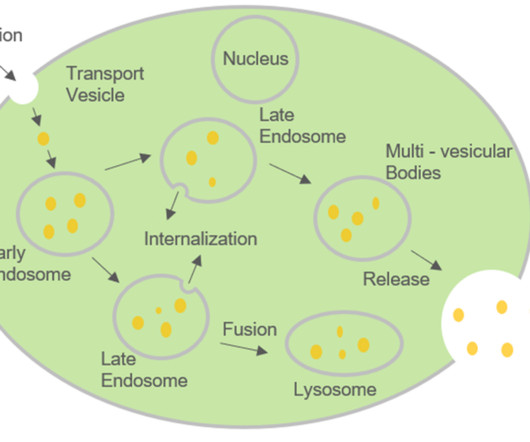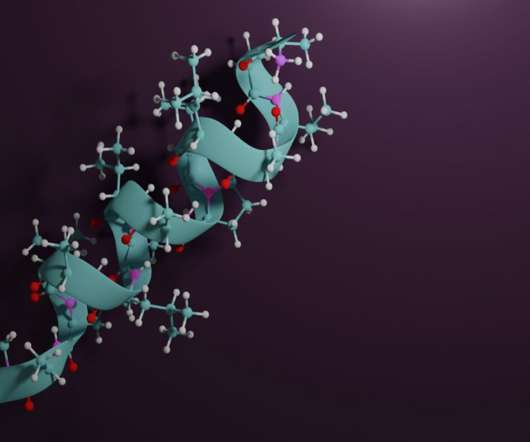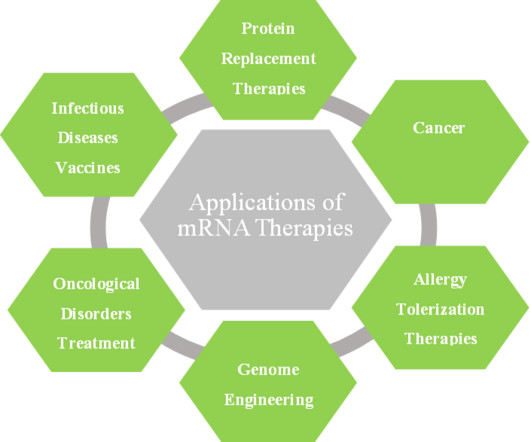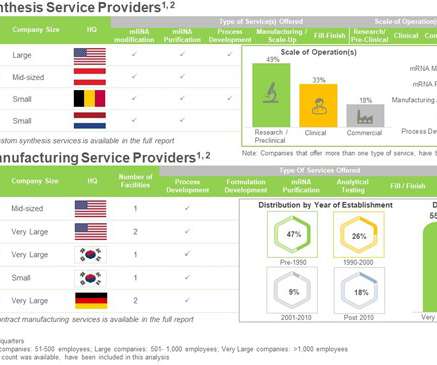Introduction To Exosome Therapeutics
Roots Analysis
MARCH 8, 2023
Over time, various research studies have demonstrated the potential of exosomes ( membrane bound extracellular vesicles) in disease diagnosis, drug delivery and therapeutic applications. In addition, they are involved in regulating the expression of the targets that are linked to RNA as they can affect the expression of RNA.












Let's personalize your content